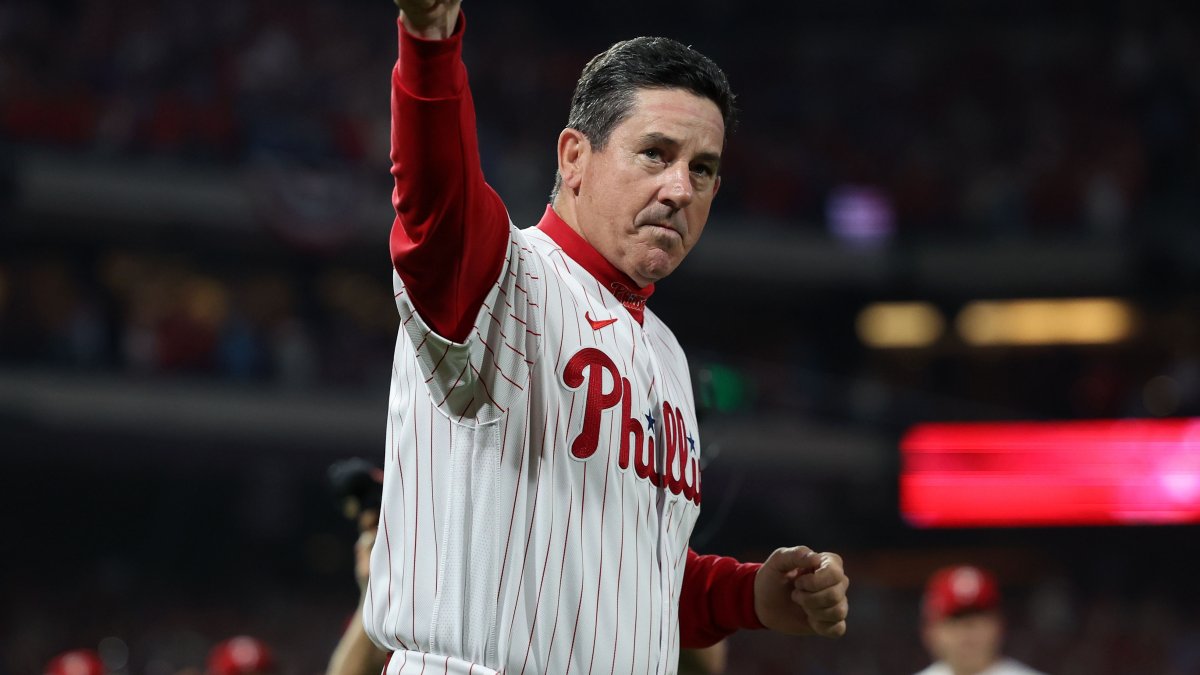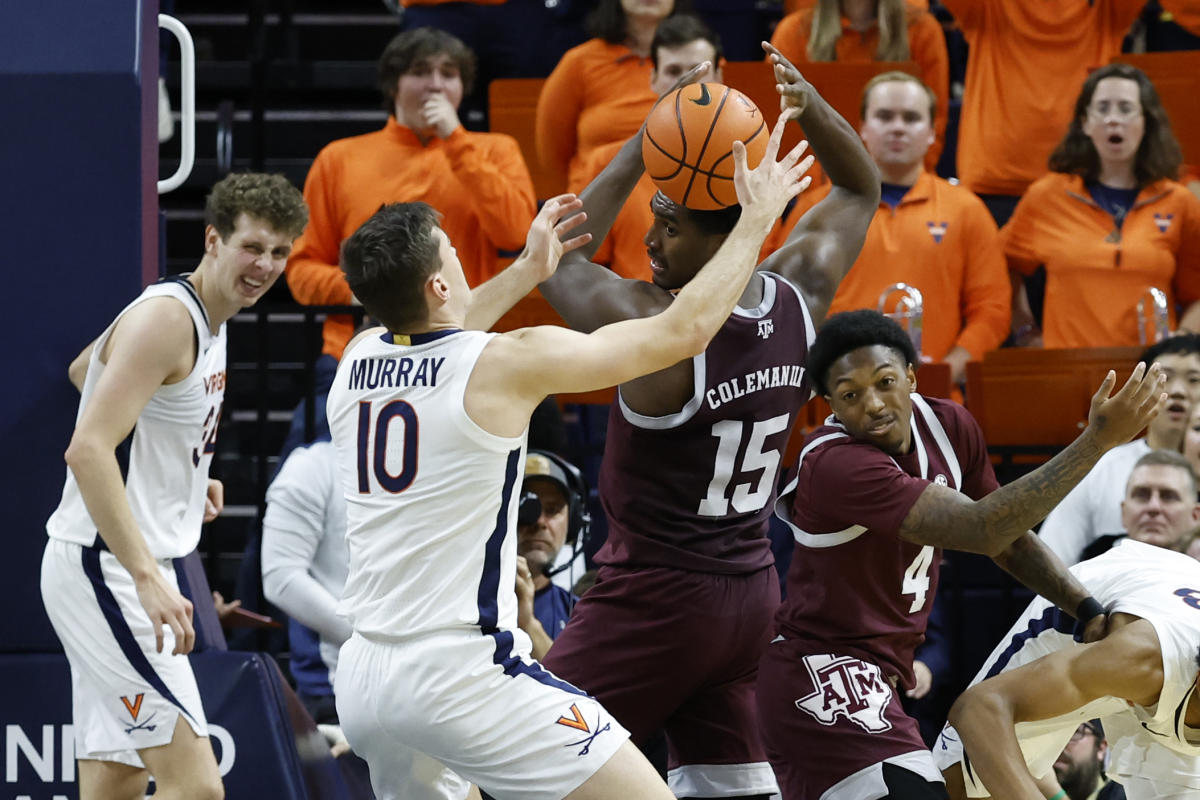When the Las Vegas Aces became back-to-back champions after a thrilling Game 4 of the WNBA Finals, there were no scenes of athletes celebrating in champagne-soaked locker rooms. Cameras were prohibited from capturing these moments, leaving fans and media disappointed.
Reporters and TV outlets requested interviews with stars from both teams, but the Liberty’s players refused to talk. While the Aces did hold a news conference, they didn’t provide much insight into their victory. This lack of access to players is indicative of a larger issue within the WNBA, according to interviews with reporters and officials.
The league has been advocating for more media coverage, yet it falls short in making itself accessible to the media. This creates a sense of frustration among reporters who are eager to cover the sport but face obstacles in doing so. Just two years ago, the Phoenix Mercury refused to speak to reporters after losing in the Finals and were fined. This year, the Liberty and three players were fined for not following the league’s media policies.
The WNBA needs to address this issue and improve its media relations. As women’s sports gain more attention and viewership, it is crucial for the league to lead the charge in providing behind-the-scenes stories and information about the players. Lindsay Schnell, a reporter for USA Today, believes that the WNBA should be setting an example instead of being the worst in terms of accessibility.
The league plans to implement mandated media training for players and increase fines for those who do not follow protocols. While the Women’s National Basketball Players Association argues that the players are accessible, reporters feel that there is a lack of understanding between both parties. Players often gravitate towards reporters who have spoken positively about them, creating a bias in coverage.
The issue of access is not unique to the WNBA, as it has become increasingly common across men’s and women’s sports due to changes in the media landscape. However, the WNBA stands out because it asks for more coverage but then restricts reporters from filling that gap. The league closed locker rooms last season, forcing reporters to rely on PR staff for interactions.
Furthermore, reporters have been told by teams that they are bad for women’s basketball if they write something negative. This further hampers media coverage and creates a hostile environment between reporters and teams. The league needs to work on improving these aspects to ensure fair and comprehensive coverage.
The lack of coverage also stems from financial struggles faced by local newspapers, which has impacted coverage of the WNBA. Currently, only two outlets, The Washington Post and the Sun-Times, regularly travel with teams. The Athletic, which announced a big expansion in WNBA coverage, eventually canceled the project.
Players have their own grievances, including the historic lack of coverage and the monotony of coverage focused on a few star players. The league needs to address these issues and work towards a better media environment for both players and reporters.
Overall, the WNBA must recognize the importance of media coverage and accessibility. As the oldest professional women’s league, it must lead the charge in promoting women’s sports and providing insights into the game. With proper media training, improved media relations, and a commitment to diversity and inclusivity, the WNBA can turn this situation around.

Rachel Adams is your WNBA insider, delivering comprehensive coverage of women’s basketball. With a commitment to highlighting the talent and achievements of WNBA players, she provides game analysis, player profiles, and inspiring stories from the league.




:no_upscale()/cdn.vox-cdn.com/uploads/chorus_image/image/72931262/usa_today_21973134.0.jpg)


